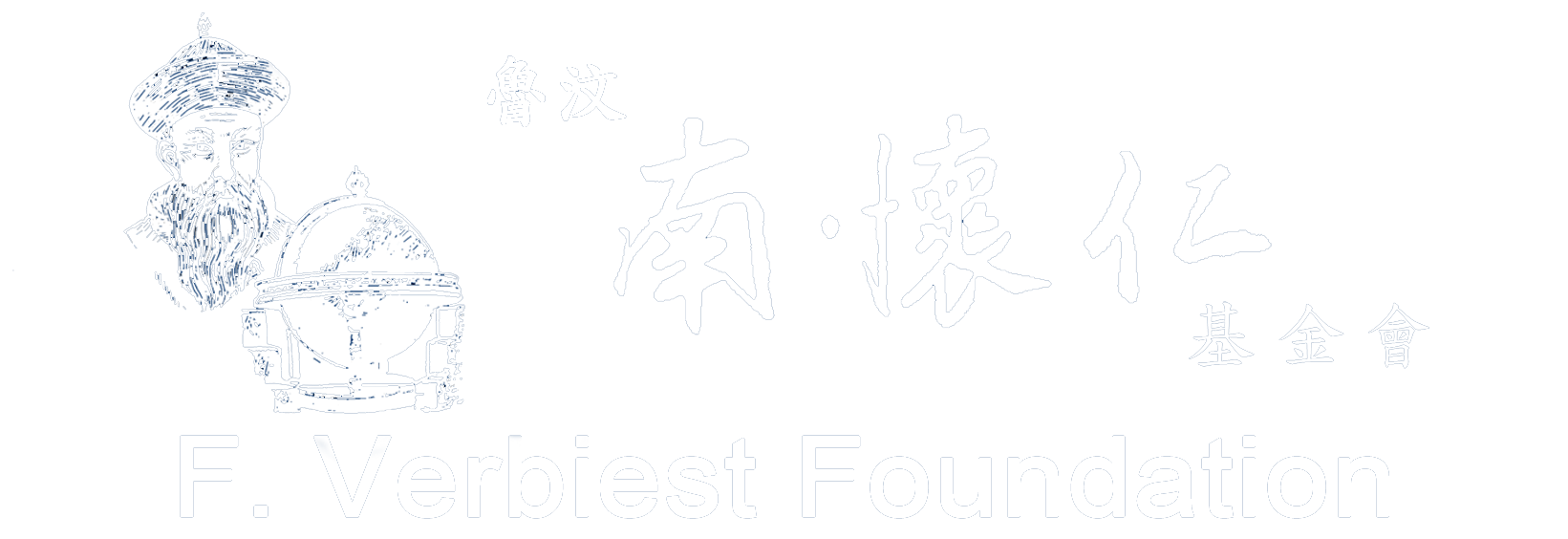范凱令 神父
耶穌基督升天之前,交代門徒將好消息傳給全世界。的確,福音的宣講看起來像是無形的或超凡的努力,就像洗者若翰在曠野所發出的聲音。儘管如此,聖言成為肉體,道成為人,永恆的天主成為人類的歷史,具體而有形。
某種程度上,我們可以將歷史定義為「時間成為記錄下的事蹟」。在中華南懷仁文化交流協會「天主教堂區歷史影跡與地方宗教文史」活動中,我們嘗試以更近的距離來親身體驗台灣天主教歷史的遺跡以及它與本地傳統和宗教景觀的相互交流。在為期三個月的朝聖中,我們能夠重新與台灣前幾代天主教徒的「信望愛」相遇。
從基隆和淡水地區,第一個西班牙道明會士的殖民心態,以及對福爾摩沙原住民的關注,傳教士們詳細記錄了他們的部落傳統、名稱、語言、他們的宗教活動……然後在十九世紀中葉,發生鴉片戰爭強迫滿清帝國開放,開啟了在福爾摩沙──台灣宣傳福音的新契機;此時天主教和新教傳教士都來到這片土地,宣揚基督的福音。在此期間,天主教傳教士的移動方向是從本島的南部(靠近菲律賓的道明會基地)到北部。在十九世紀末,今天的台北總教區建立了第一代的天主教堂(包括了現在的台北總主教座堂和蘆洲聖若瑟天主堂)和學校(靜修女中)。
國民黨在1949年從大陸撤退後,與在台灣曾遭受迫害的大陸天主教會產生如同患難兄弟般的手足之情。雖然他們看不到前景,但仍然抱持最大的希望,並以極高的勇氣和努力共同加入台灣教會的發展,而在教堂建築和行政管理也都帶有濃厚的家鄉氣息。儘管一開始他們因遠離家園而懷有強烈的懷舊心情,但隨著時間的流逝,他們在充滿希望的台灣根深蒂固地扎下了傳教的根基。台灣歷經日本殖民化的影響,遺留下了福佬族群和客家族群的文化資產,保存完好的地方傳統和宗教遺跡,透過與此豐富多樣性的本地文化相遇和對話,使我們的天主教精神得以強化。
我們需要了解今天的台灣教會(包括台北總教區),且要尊重與懷念我們的祖先在這片土地上信仰傳教的足跡,他們的成功和錯誤,他們的喜悅和恐懼。
對我來說,這次活動讓我大開眼界。希望未來會有更多的機會,繼續我們在台北教區和台灣教會的歷史朝聖。
“ Tempus fugit,memento historiam”。時間在流逝……但是歷史一直存在,只要我們不讓它從我們的記憶中溜走。
原文:
Jesus Christ before ascending to heaven gave his disciples a mandate to bring the Good News to the whole world. Indeed, the preaching of the Gospel may look like quite an immaterial or ethereal endeavor, a voice proclaiming in the desert, like John the Baptist. Still, the Word became flesh, the divine became human, and the eternal God became human history, concrete, tangible.
Somewhat, we can define history as “time that becomes matter”. In the VF activity “天主教堂區歷史影跡與地方宗教歷史” we tried to come closer -physically too- to the vestiges of Catholic history in Taiwan and their interactions with the local traditions and religious landscape. During this 3-month pilgrimage we were able to meet anew the faith, hope and love of former generations of Catholics in Taiwan.
From the colonial mindset of the first Spanish Dominican friars in Keelung and Tanshui and their concern for the aboriginal inhabitants of Formosa, their detailed recording of their tribal traditions, names, language, their catechetical activities… Then in the mid XIX century with the opium war forced opening up of the Qing empire a new opportunity for the proclamation of the Gospel opens up in Taiwan-Formosa; this time both Catholic and Protestant missionaries come to this land to proclaim the Good News of Jesus. In this period, the Catholic missionary movement is from the south of the island (closer to the Dominican base in Philippines) to the north; by the end of the XIX century the first Catholic Churches (today’s Taipei Cathedral and Luzhou’s St. Joseph Church) and establishments (Blessed Imelda) opened up in today’s Taipei diocese area.
After the Nationalist debacle in 1949 China, the defeated ROC and the expelled-persecuted Chinese Catholic Church met -like refugee brothers, in Taiwan. The situation was not a promising one, still, they hoped for the best and with great courage and effort joined in the development of the Taiwanese Church with a strong “mainland” flavor in its buildings and administration. Although in the beginning there was a strong nostalgic look to their “left-behind” homeland, soon it deepened its roots in what became, with time, the promising land of Taiwan. Our Catholic ethos was enhanced by the encounter and dialogue with the rich and varied indigenous cultures, the heritage of the Hoklo and Hakka communities, the influence of the Japanese colonization, of the well-preserved local traditions and religious heritage…
We can’t understand today’s Taiwanese church (including Taipei archdiocese) without remembering with respect the steps our forebearers in faith took in this land, their successes and errors, their joys and fears.
For me this activity has been an eye opener; let’s hope there are more opportunities ahead to continue our historical pilgrimage in Taipei diocese and Taiwan Church.
“Tempus fugit, memento historiam”. Time flees… but history remains as long as we do not let it slip off our memory.

